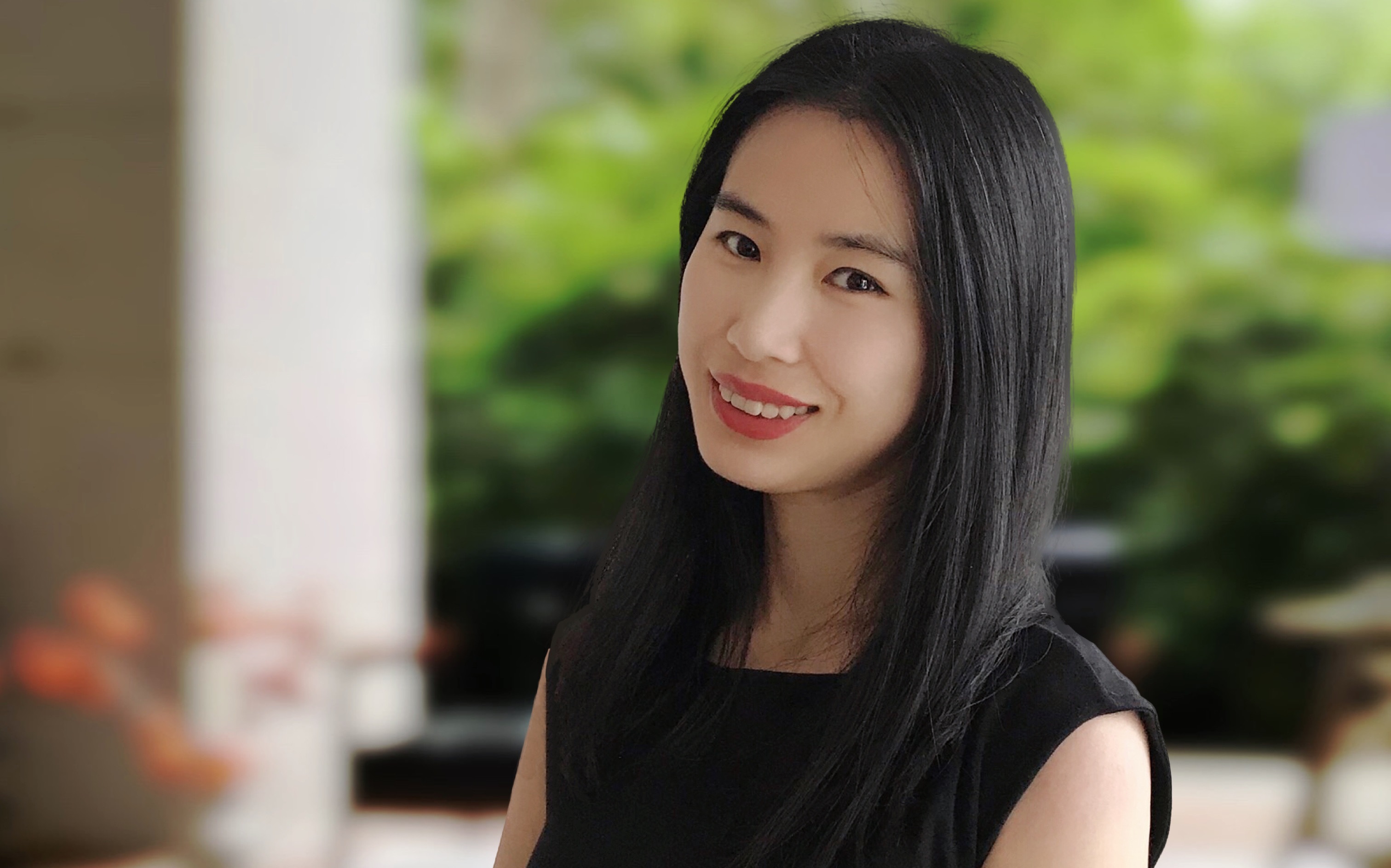Prof. PENG Yue
BA (SCU), MA (SCU), PhD (Queen’s)Assistant Professor
Introduction
Dr. Yue (Luna) Peng is an Assistant Professor of Chinese Language Education at the Department of Curriculum and Instruction at the Chinese University of Hong Kong (CUHK). She holds a Ph.D. in Education from Queen’s University in Canada. Before joining CUHK, she served as a Lecturer in Applied Linguistics at Shanghai University of Finance and Economics. Luna has taught Chinese as a second language in China, Korea, and Canada, across K-12 and university levels. At CUHK, she teachers courses including Teaching Chinese to Non-Chinese Speaking Students, Chinese Language Assessment, and Theories of Elocution and Writing in Chinese Language Teaching.Research Areas
Teaching and learning Chinese as a second language, language teacher education, multilingualism and multilingual educationOther positions
Director, Center for Research and Development of Putonghua Education, The Hong Kong Institute of Educational ResearchAssociate Editor, International Journal of Chinese Language Teaching
Selected Publications
- Peng, Y., & Zhou, S. (2025). Can emotion regulation pave the way to academic buoyancy? Evidence from Chinese university students in EMI programs. System, 135, 103856.
- Peng, Y., & Geng, Z. (2025) Problematising teaching competitions for student teachers: A perspective based on the dynamic systems model of role identity. Professional Development in Education. Advance online publication.
- Peng, Y., & Yang, Z. (2025). Living forward, looking backward: understanding local Cantonese families’ language investment in China. International Journal of Multilingualism. Advance online publication.
- Zhang, Y., Chen, Q., & Peng, Y. (2025). Guiding the future: The role of L2 self-guides in predicting pre-service language teachers’ professional commitment. International Journal of Applied Linguistics. Advance online publication.
- Peng, Y., & Wan, Y. (2025). Understanding parental agency in family language policies from language-as-resource ideology perspective: the case of three Shanghainese families. Journal of Multilingual and Multicultural Development, 46(7), 1833–1844.
- Zhang, J., & Peng, Y. (2024). Unlocking teacher agency for professional learning through connection‑building: Evidence from a professional development program on China’s Standards of English Language Ability. Asia-Pacific Education Researcher, 33(6), 1515–1523.
- Zhang, P. & Peng, Y. (2024). Multimodal reading in reading-only versus reading-while-listening modes: Evidence from Chinese language learners. Chinese as a Second Language Research, 13(2), 215–236.
- Peng, Y., Lou, K., Xiong, T. (2024). Understanding teacher professional commitment from a positive psychology perspective: A case from Myanmar's Chinese language teachers. The Modern Language Journal, 108(1), 222–242.
- Peng, Y. (2024). Reconciling the evolving conceptualisations of language teacher cognition from an activity theory perspective. Asia-Pacific Journal of Teacher Education, 52(2), 226–240.
- Peng, Y. (2023). Synergizing learning in and beyond the classroom in study abroad context: Accounts from CSL sojourners in China. Language, Culture and Curriculum, 36(3), 257–275.
- Lou, K., Xiong, T. & Peng, Y. (2023) ‘I have been dreaming about Chinese becoming the number one language in the world’: Chinese language educators’ language ideologies in Myanmar. Journal of Multilingual and Multicultural Development, 41(1), 65–77.
- Xiong, T., & Peng, Y. (2022). Culture and Chinese as a second language (CSL) teaching materials: An introduction. International Journal of Chinese Language Teaching, 3(2), 1–6.
- Peng, Y., & Xiong, T. (2022). Teachers’ engagement with cultural knowledge and values in Business English textbooks. In T. Xiong, D. Feng, & G. Hu (Eds.), Values in English teaching materials: Stakeholders, multimodality, and representation (pp. 129-144). Springer.
- Xiong, T., & Peng, Y. (2022). An evaluative case study of a professional development program for primary school English teachers in a rural region in China. In S. Zein & Y. Butler (Eds.), Teaching English to young learners in Asia: Directions for teacher education (pp. 156-180). Routledge.
- Peng, Y., & Pyper, J. (2021). Finding success with pedagogical innovation: A case from CSL teachers’ experiences with TBLT. Language Teaching Research, 25(4), 633-655.
- Peng, Y., Yan, W. & Cheng, L. (2021). Hanyu Shuiping Kaoshi (HSK): A multi-level, multi-purpose proficiency test. Language Testing, 38(2), 327-337.
- Peng, Y., & Xiong, T. (2021). Recreating or reproducing pedagogy: The journey of three CSL teachers’ learning of the communicative approach. The Asia-Pacific Education Researcher, 30(2), 131-140.
- Xiong, T., & Peng, Y. (2021). Representing culture in Chinese-as-a-second language textbooks: A critical social semiotic approach. Language, Culture and Curriculum, 34(2), 163–182.
- Peng, Y., & Yan, W. (2019). Walking the garden path toward academic language: Perspectives from international students in Chinese higher education. In H. Tao, & H. Chen (Eds.), Chinese for specific and professional purposes: Theory, pedagogical applications and theories (pp. 73-94). Springer.
- Peng, Y. (2018). Foreign language education in China: When reforms meet tradition. Canadian Journal for New Scholars in Education, 9(2), 122–130.
